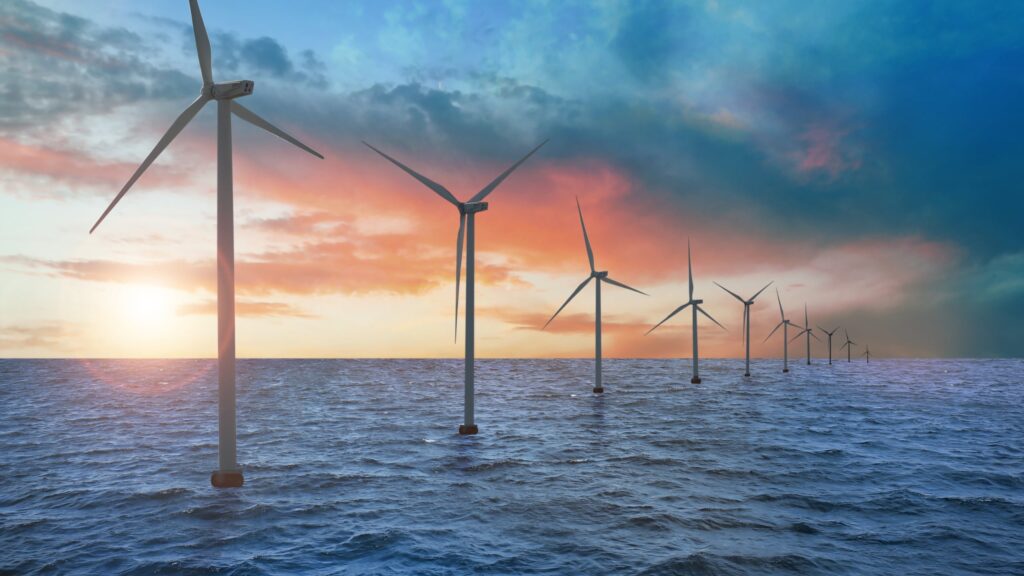Ocean Solar And Wind Turbines
Ocean Solar And Wind Turbines: While Protecting Marine and Bird Life
Ocean Solar And Wind Turbines: Balancing Clean Energy with Marine and Bird Life
Ocean Solar And Wind Turbines: As the world moves toward renewable energy, ocean-based solar panels and offshore wind turbines are playing a growing role in reducing reliance on fossil fuels. These technologies harness the endless energy of the sun and wind across open waters, where conditions are often stronger and more consistent than on land. But while the environmental benefits are clear, questions remain about their long-term effects on birds and sea life.
The Promise of Ocean Renewables
Wind turbines at sea capture steady coastal winds, producing large amounts of clean power without land use conflicts.
Floating solar farms offer a way to generate electricity without consuming valuable land space, especially near dense coastal cities.
Together, they reduce carbon emissions and slow climate change—one of the greatest threats to wildlife habitats worldwide.
Ocean Wind Turbines – Impacts on Birds
Collision risk: Birds, particularly seabirds and migratory species, can collide with turbine blades, especially in fog or at night.
Habitat shifts: Some bird populations may avoid areas with turbines, altering migration or feeding patterns.
Adaptation potential: Studies suggest certain species learn to avoid turbines over time, while careful placement reduces risks.
Ocean Wind Turbines – Effects on Marine Life
Noise pollution: The construction phase (pile driving for turbines) generates underwater noise that can disturb whales, dolphins, and fish.
Artificial reefs: Turbine foundations often become habitats where mussels, fish, and crustaceans thrive, increasing local biodiversity.
Electromagnetic fields (EMFs): Power cables on the seafloor may affect species sensitive to magnetic fields, such as sharks and rays, though impacts appear limited so far.
Balancing Energy & Ecology
Smart siting: Choosing locations away from major bird migration paths and sensitive marine zones is key.
Quieter construction methods: New drilling and vibration techniques reduce underwater noise impacts.
Monitoring & adaptation: Continuous studies ensure operators can adapt turbine design and placement as new data emerges.
Our Take:
Ocean solar and wind energy bring enormous benefits in reducing emissions and combating climate change. While they pose risks to birds and sea life, careful planning, smarter technology, and ongoing monitoring can greatly reduce those impacts. In the end, protecting wildlife while advancing renewable energy isn’t a contradiction—it’s a necessary balance for a sustainable future.


